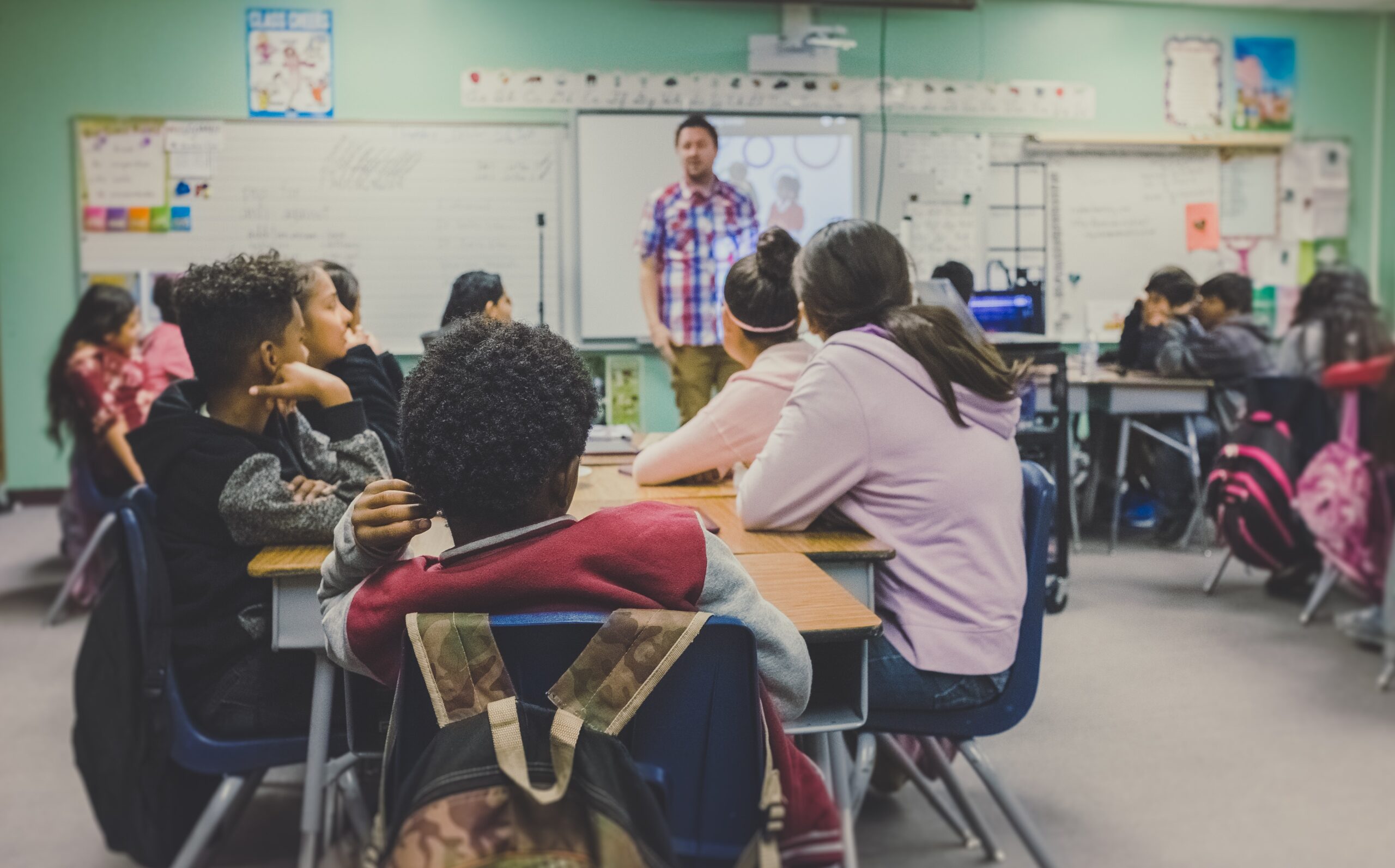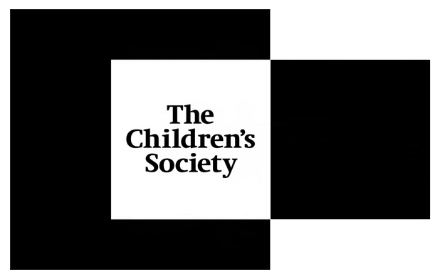Measuring Children and Young People’s Subjective Wellbeing
A framework to support good, consistent measurement

Wellbeing is ‘how we’re doing’ and how sustainable that is for the future. Our aim is to improve wellbeing for the whole population in the UK, including for children and young people – who are our future. This means we need to be looking regularly at how young people are doing.
Consensus around the importance of children’s wellbeing is growing among officials, the voluntary sector and elected decision makers, and children and young people’s own perspectives are increasingly being taken into consideration to assess how they are doing in life.
As a result, more debate is arising around what the best measures of children’s subjective wellbeing are in practice, and whether the existing metrics have a strong evidence base behind them.
Across the UK, a wide range of metrics are used which are often lacking comparability or reliable benchmarks. This limits our understanding of what works to improve children’s wellbeing in different sectors.
In 2021 we worked with The Children’s Society to map out and understand what measures and tools are being used in the UK. This would enable us to recommend good and consistent practices to help schools, colleges, universities and other settings measure the wellbeing of the children in their care.
Through this project, we developed three resources:
- A conceptual report explaining the differences between three core domains of subjective wellbeing – cognitive, affective and eudaemonic – and other related concepts commonly used in the children’s wellbeing literature (e.g. mental health, resilience).
- A searchable database of measures as a resource for policy makers and practitioners to identify appropriate measures for children’s wellbeing for use in their specific context. This bank of metrics was developed through a Rapid Evidence Assessment (REA) methodology to identify, collate and appraise the quality of existing metrics. The result is a complete resource with information about measures’ validity, correct application and availability of benchmarking data.
- We also produced a user manual to help navigate the metrics bank and inform decisions when choosing different measures, taking into account ethical and practical considerations.
This research will continue to add consistency to measuring children and young people’s wellbeing, and we also see it as enabling a better understanding of “what works” to improve children’s wellbeing.
Ultimately, greater cohesion in measurement and understanding of outcomes should lead to improved child wellbeing.
These measures are used by an increasing number of settings and the #BeeWell project will be trialling them across Greater Manchester secondary schools over the next three years.
#BeeWell is a good example of measuring young peoples’ wellbeing at large scale, using validated measures. Its methodology – driven by young people and refined by a panel of expert academics – is a great platform towards achieving this broader objective.
- The Department for Education – ‘State of the Nation 2020: Children and young people’s wellbeing’.
- Public Health England – Fingertips Profile of Children and Young People’s Mental Health and Wellbeing.
- The Office for National Statistics – Wellbeing Indicators set.
- The Children’s Society – 2021 Good Childhood Report.
- OECD – Measuring What Matters for Child Wellbeing and Policies.
![]()
[gravityform id=1 title=true description=true ajax=true tabindex=49]


